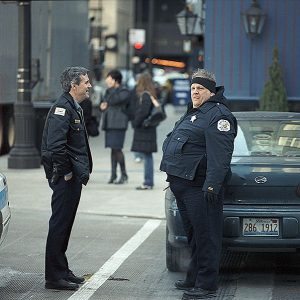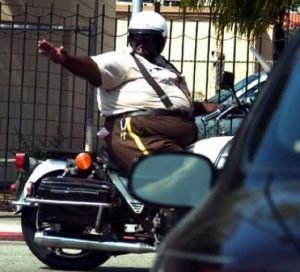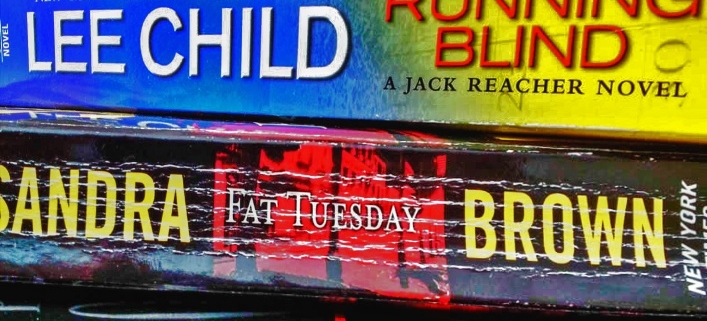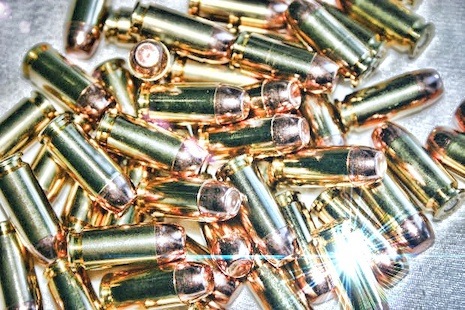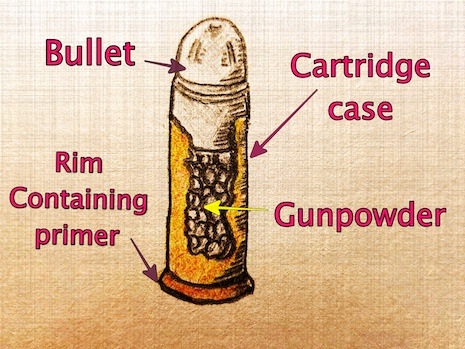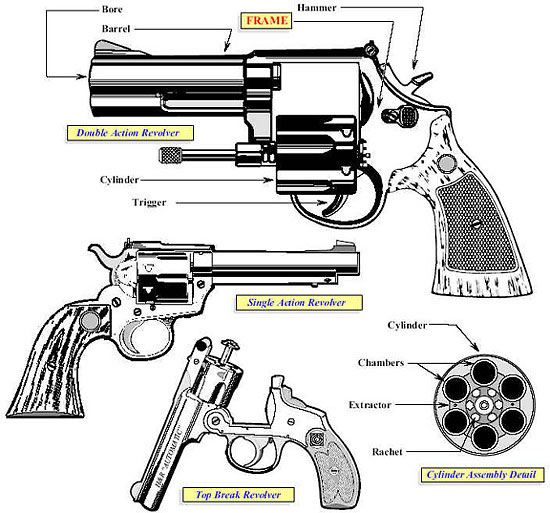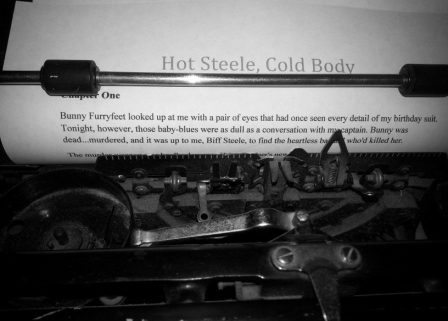Are you searching for ways to prevent the hero of your tales from becoming the bumbling, inept investigators seen on many television shows? Well, look no further. Here are a dozen tips that’ll turn any fictional schmuck into a perceptive Sherlock.
1. Use a new, clean fingerprint brush for each crime scene to prevent cross contamination of DNA.
2. Never place items containing DNA evidence into plastic bags. Plastic retains moisture, which can degrade or damage DNA.
3. When collecting potential DNA evidence (blood, urine, saliva, semen, etc.) from an object—walls, baseboards, bed posts, car windows, steering wheels, light switch covers, refrigerator door handles, etc.—use a clean, fresh swab. First, though, moisten the swab with sterile distilled water. Once the sample is collected onto the swab, place it inside a cardboard or paper container for air drying. ALWAYS use a fresh cardboard and/or paper container to prevent cross contamination.
 4. Use adhesive side powder for lifting prints from the sticky side of tapes, packing labels, etc. Mix the side powder with water and dispersing agent until it reaches the consistency of thin paint, then apply it to the surface. Wait 10-15 seconds and then rinse with clean water. Presto! The print(s) appear instantly.
4. Use adhesive side powder for lifting prints from the sticky side of tapes, packing labels, etc. Mix the side powder with water and dispersing agent until it reaches the consistency of thin paint, then apply it to the surface. Wait 10-15 seconds and then rinse with clean water. Presto! The print(s) appear instantly.
Sirchie’s kit “contains all the components necessary to develop latent prints on the adhesive surface of tapes, labels and similar surfaces. Adhesive-side powder yields excellent results on duct tape, plastic tapes (clear, frosted and opaque), paper labels and tapes (except those with water-activated adhesives), vinyl packing labels and paper-backed adhesive labels. Poor to excellent results are possible on cloth surgical tape (excellent fidelity but low contrast). The TRA20 adhesive tape release agent allows tangled tape to be released without damage to latent prints which may be present.” 2021 MurderCon (virtual) features a brilliant class on lifting prints from difficult surfaces, such as tapes and wet objects.
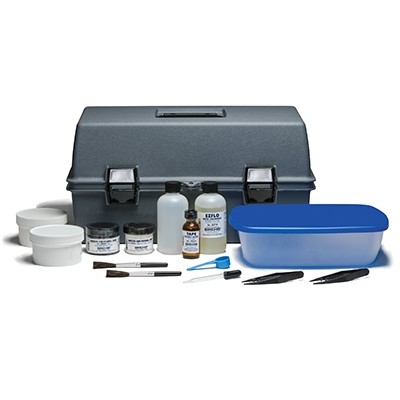
ASP150 Adhesive-Side Powder Kit includes:
1 – ASP50D Dark Adhesive-Side Powder, 50g
1 – ASP50L Light Adhesive Side Powder, 50g
1 – ASP10 EZFLO Super Concentrate, 6 oz
1 – TRA20 Adhesive Tape Releae Agent, 1 oz
1 – KCP300 LPDE Bottle with Cap, 6 oz
2 – 118L Regular Powder Brushes
2 – KCP139 Plastic Tweezers
1 – KCP301 Rinse Basin
2 – KCP302 Mixing Bowl with Lid
1 – KCP303 Measuring Spoon, 1 tsp
1 – Instructions for TRA20
1 – ASP501 Texturized, Molded, Plastic carrying Case
*Images and text above – Sirchie. Sirchie, “the global leader in crime scene investigation and forensic science solutions,” is the official host of “MurderCon,” a Writers’ Police Academy event.
5. Polyethylene tape is great for lifting prints from curved surfaces. The material easily conforms to the shape of non-flat surfaces, such as a doorknob.
6. To prevent contamination, do not talk, yawn, cough, sneeze, etc. over potential DNA evidence.
7. When seizing computers as evidence – If the device is on, do not use it. Photograph the image on the monitor and then unplug the power cord from the machine (remove the battery from a laptop). If the computer is not on, do not power it up. Deliver the devices to the crime lab for examination by computer experts.
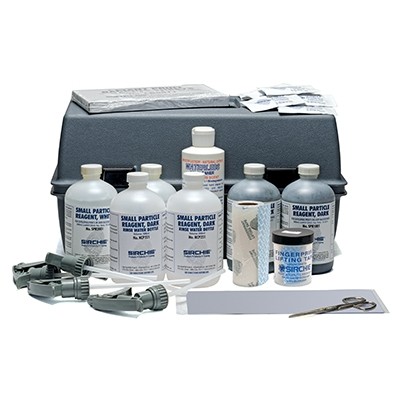 8. Use SPR or Wet Print to ift prints from wet surfaces. By the way, both products are water-based, which means they cannot be used when temperatures are below freezing.
8. Use SPR or Wet Print to ift prints from wet surfaces. By the way, both products are water-based, which means they cannot be used when temperatures are below freezing.
“Small Particle Reagent (SPR) is a suspension of fine molybdenum disulfide particles in a surface-active solution for light-colored surfaces and a white suspension for dark-colored surfaces. It adheres to the fatty constituents of latent fingerprints to form a gray or white deposit—depending on the reagent, and is a quick and simple latent print development process (recommended by the U.K. Home Office, Scientific Research and Development Branch). Each kit includes complete instructions.” – Sirchie
9. Do not store or transport potential DNA evidence in direct sunlight, or in areas exposed to excessive heat (vehicle dashboard, trunk, etc.).
10. Typically, embalmed bodies are not suitable for DNA testing. However, it is possible to obtain DNA from bone and hair, even on a body that has been embalmed.
11. A “how-to” kit is available to law enforcement that details (step-by-step) the process of collecting insect evidence. The kit also contains a list of entomologists who’ll help identify the bugs and their stages of life.
12. Every single item found at a crime scene should be considered as evidence until it’s ruled as having no evidential value. For example, broken window glass should be recovered as evidence. It may be possible to match the glass to particles discovered embedded in the soles of a suspect’s shoe. Likewise, hairs, fibers, soil, and other trace evidence may be found on a suspect’s clothing and shoes.
I once collected a soil/plant/seed mixture found on the brake pedal of a suspect’s car and it was later matched to an area where the combination of the items was specific to a very small region—the precise place where the victim was killed.
By the way, forensic botany is a fascinating aspect of crime-solving that could certainly add a touch of pizzazz to works of fiction. To help with this underused aspect of criminal investigations, we’ve added Forensic Botany to the MurderCon’s 2021 lineup. The class is amazing.
RESERVE YOUR SPOT TODAY!
Are you searching for the proper details and the perfect words to describe a scene or character? Well, here’s the solution to your troubles. Sign up today to learn from some of the best in the business!!

www.writerspoliceacademy.online



 Carrie Stuart Parks is an award-winning, internationally known forensic artist. She travels across the US and Canada teaching courses in forensic art to law enforcement professionals including the FBI, Secret Service, and RCMP, and is the largest instructor of forensic art in the world. Her best-selling novels in the mystery/suspense/thriller genre have garnered numerous awards including several Carols, Inspys, the Christy, Golden Scroll, Maxwell, and Wright. As a professional fine artist, she has written and illustrated best-selling art books for North Light Publishers.
Carrie Stuart Parks is an award-winning, internationally known forensic artist. She travels across the US and Canada teaching courses in forensic art to law enforcement professionals including the FBI, Secret Service, and RCMP, and is the largest instructor of forensic art in the world. Her best-selling novels in the mystery/suspense/thriller genre have garnered numerous awards including several Carols, Inspys, the Christy, Golden Scroll, Maxwell, and Wright. As a professional fine artist, she has written and illustrated best-selling art books for North Light Publishers. Sheri Lewis Wohl is a 30-year veteran of the federal judiciary, a search and rescue K9 handler, and the author of more than fifteen novels, several of which feature search dogs. She is a field ready member of search and rescue in Eastern Washington and for the last nine years, has been a human remains detection K9 handler deployed on missions throughout Washington, Idaho, and Montana.
Sheri Lewis Wohl is a 30-year veteran of the federal judiciary, a search and rescue K9 handler, and the author of more than fifteen novels, several of which feature search dogs. She is a field ready member of search and rescue in Eastern Washington and for the last nine years, has been a human remains detection K9 handler deployed on missions throughout Washington, Idaho, and Montana.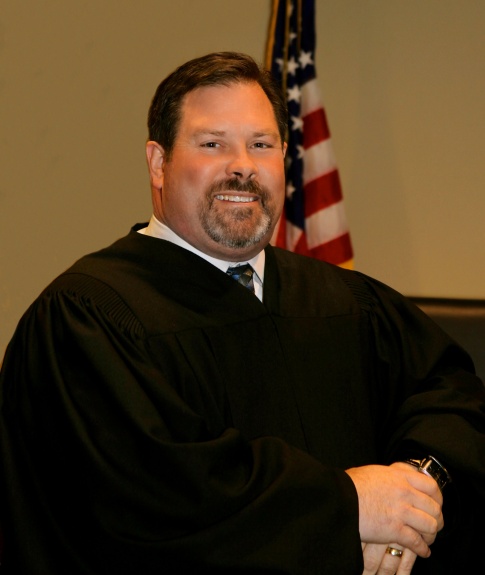 Kevin Rathburn became a full-time faculty member at Northeast Wisconsin Technical College in 2000 after serving as an adjunct instructor for nine years. Prior to that, Mr. Rathburn served for ten years as an Assistant District Attorney for Brown County in Green Bay, Wisconsin. In 2004, Mr. Rathburn became Municipal Judge for the Village of Suamico. Mr. Rathburn holds BAs in political science and economics from St. Norbert College (1987) and a JD from Marquette University Law School (1990).
Kevin Rathburn became a full-time faculty member at Northeast Wisconsin Technical College in 2000 after serving as an adjunct instructor for nine years. Prior to that, Mr. Rathburn served for ten years as an Assistant District Attorney for Brown County in Green Bay, Wisconsin. In 2004, Mr. Rathburn became Municipal Judge for the Village of Suamico. Mr. Rathburn holds BAs in political science and economics from St. Norbert College (1987) and a JD from Marquette University Law School (1990). New York Times and USA Today bestselling author, Heather Graham, majored in theater arts at the University of South Florida. After a stint of several years in dinner theater, back-up vocals, and bartending, she stayed home after the birth of her third child and began to write. Her first book was with Dell, and since then, she has written over two hundred novels and novellas including category, suspense, historical romance, vampire fiction, time travel, occult, sci-fi, young adult, and Christmas family fare.
New York Times and USA Today bestselling author, Heather Graham, majored in theater arts at the University of South Florida. After a stint of several years in dinner theater, back-up vocals, and bartending, she stayed home after the birth of her third child and began to write. Her first book was with Dell, and since then, she has written over two hundred novels and novellas including category, suspense, historical romance, vampire fiction, time travel, occult, sci-fi, young adult, and Christmas family fare.



